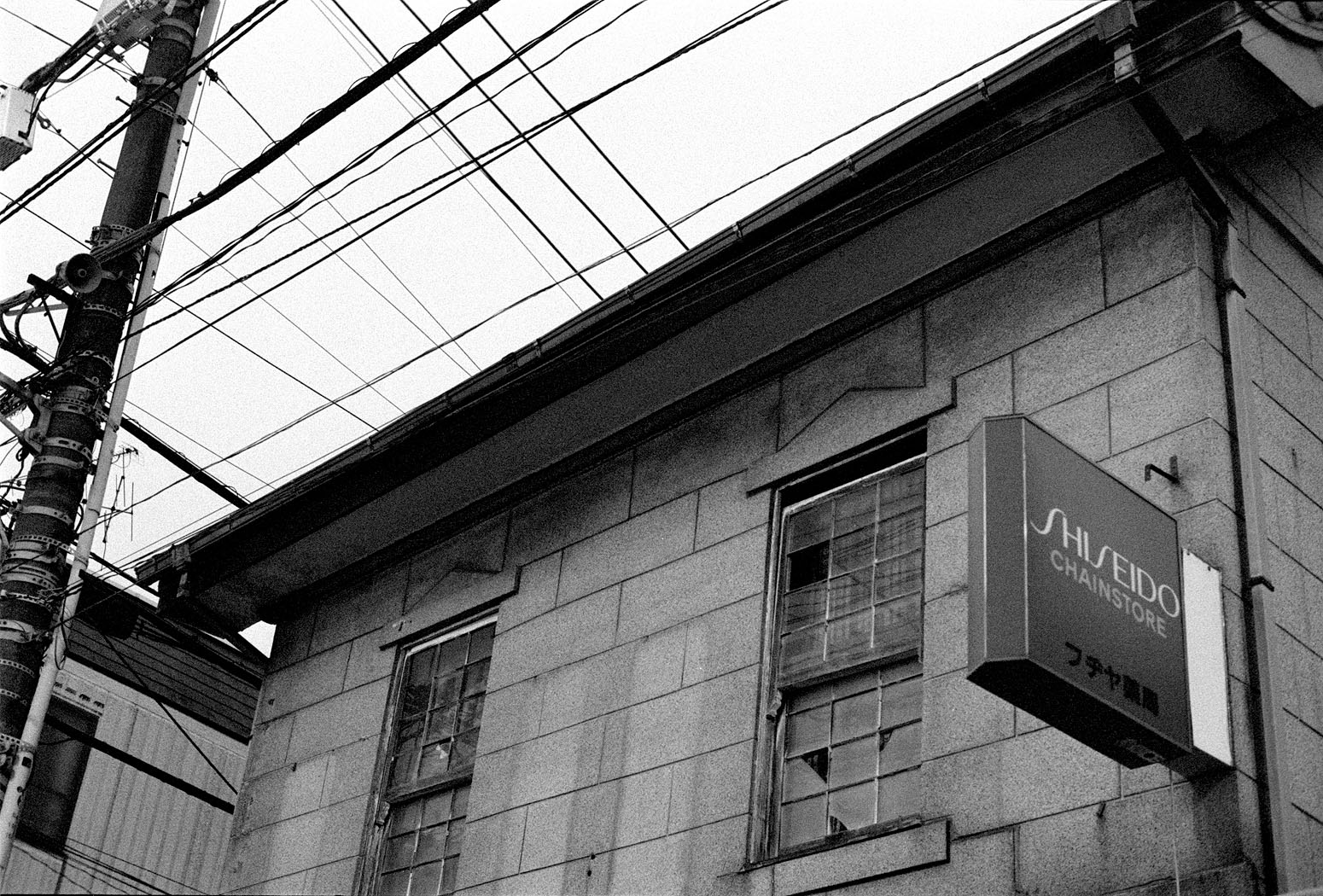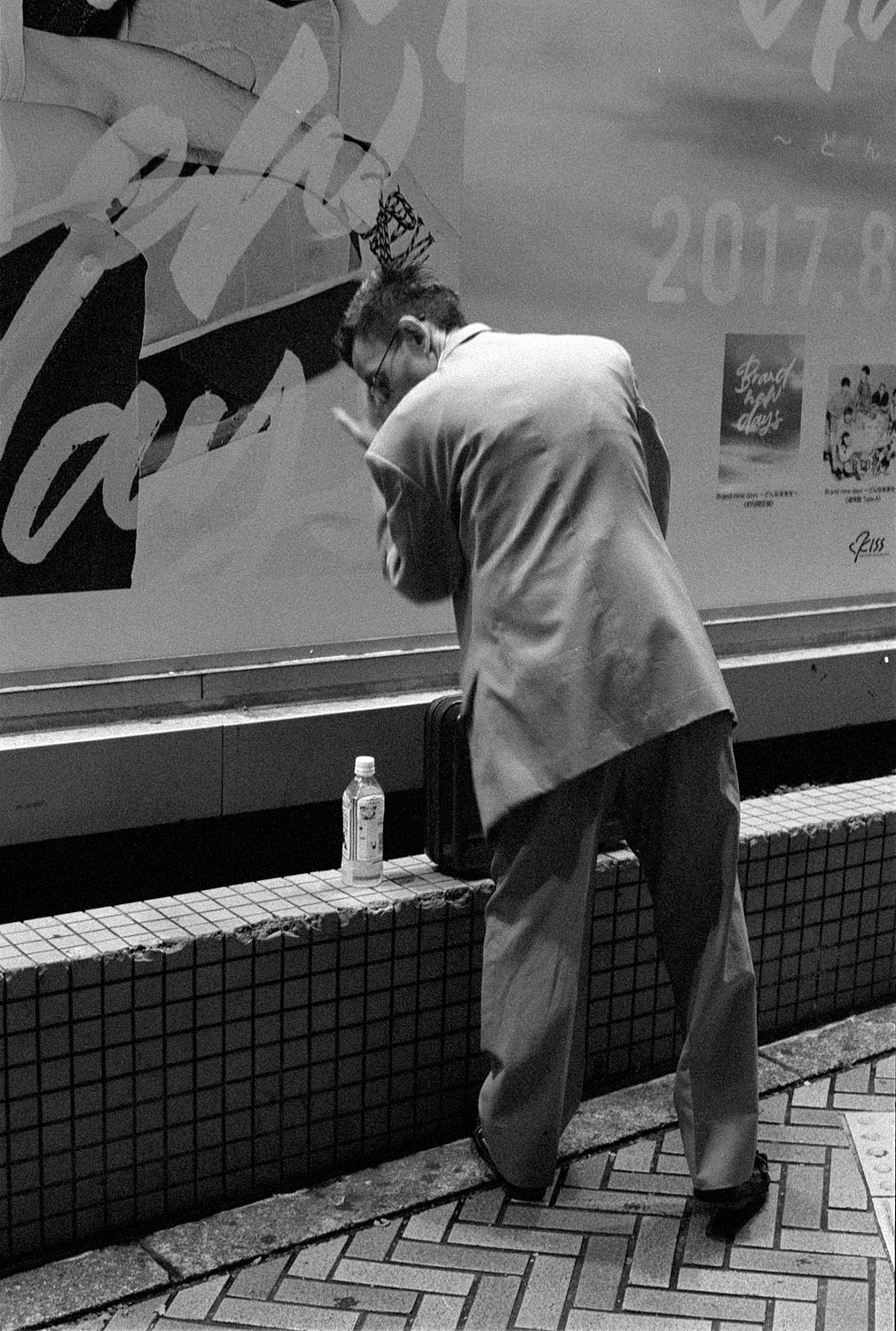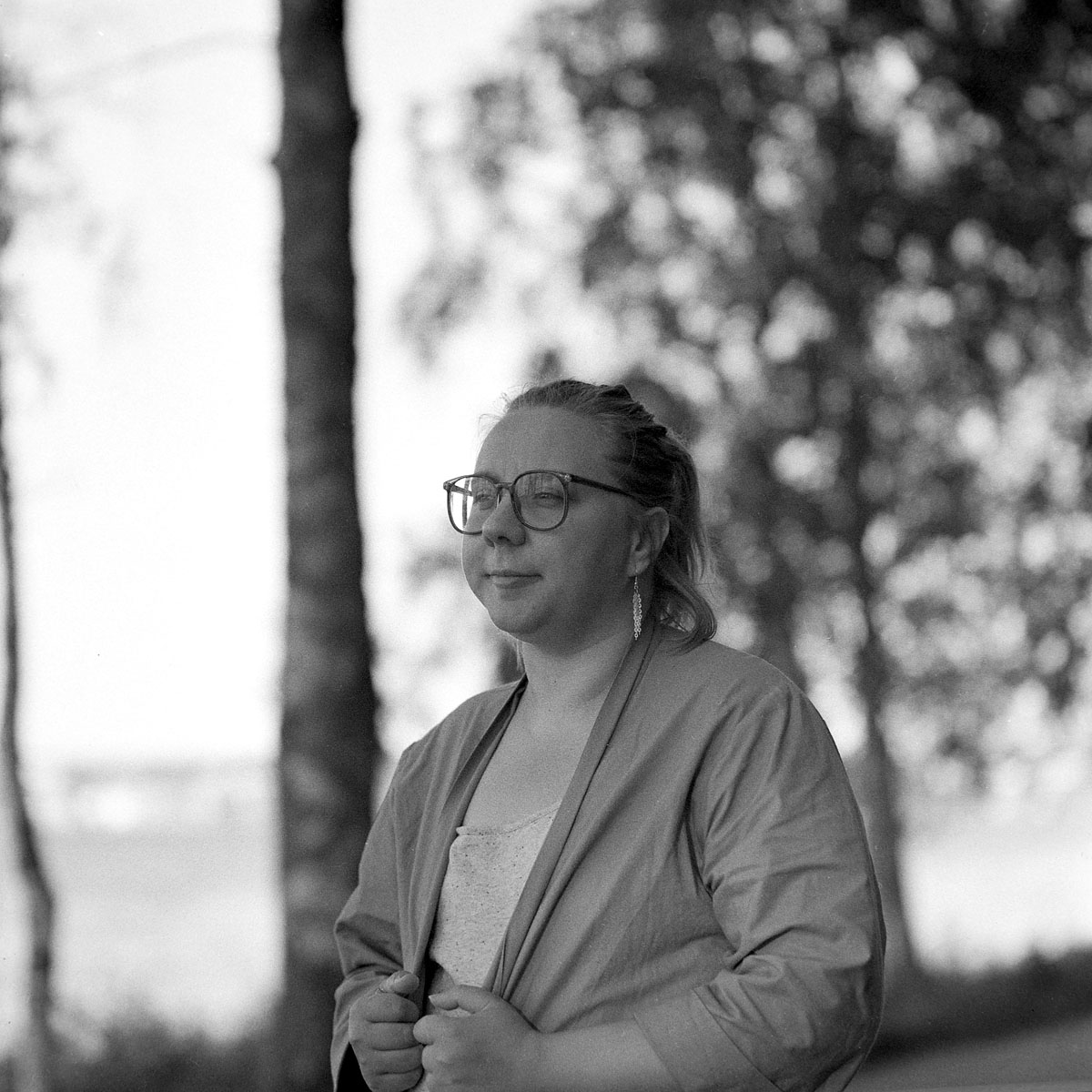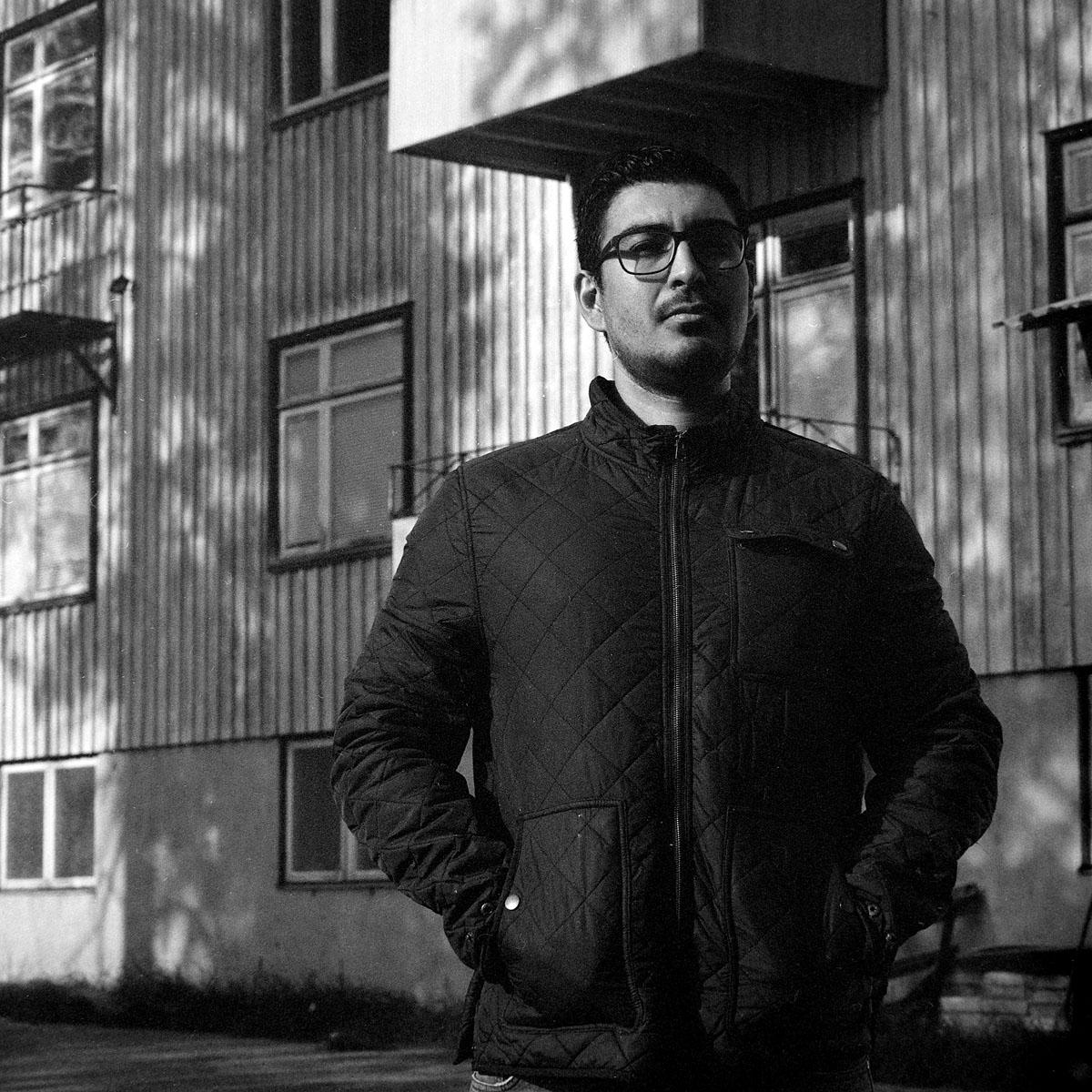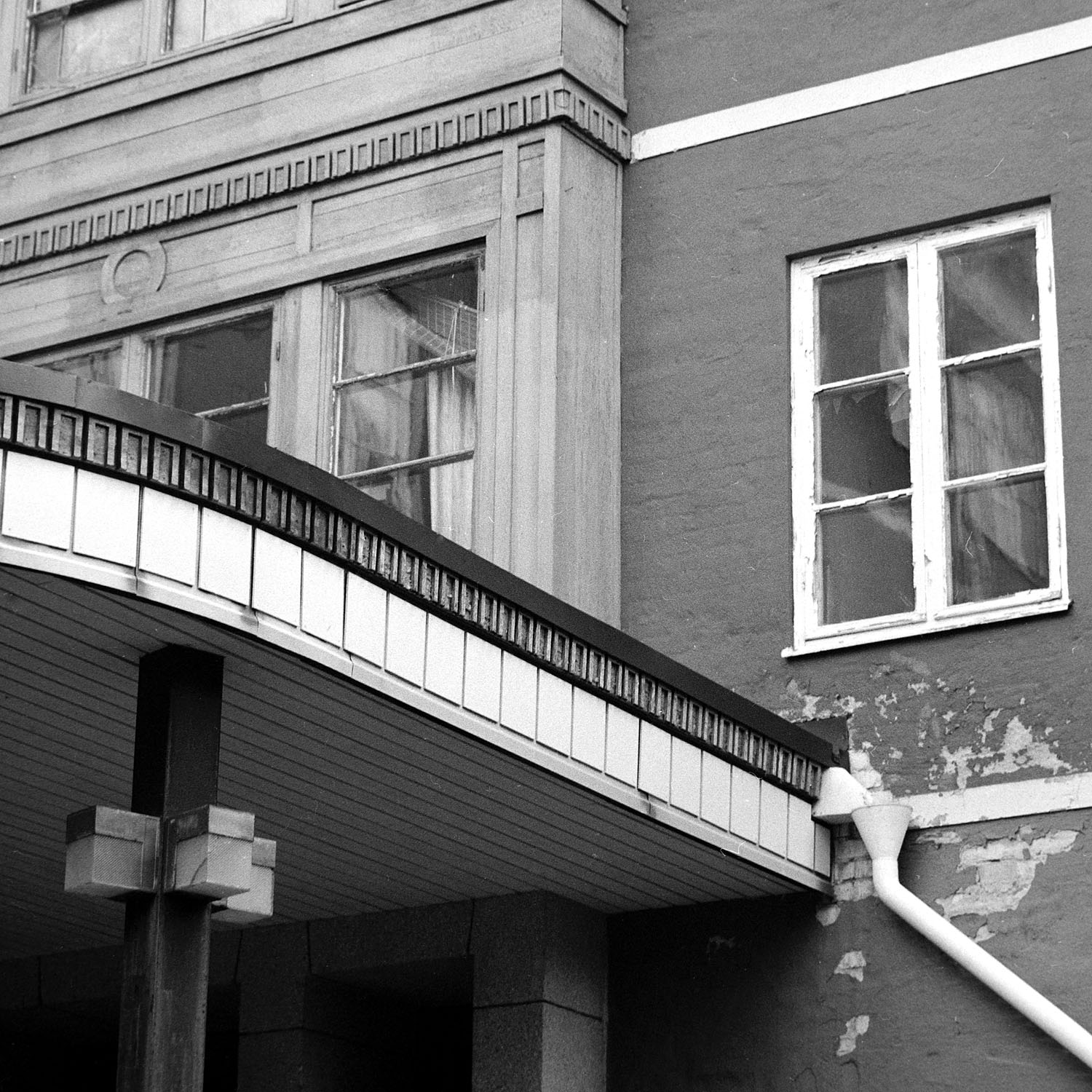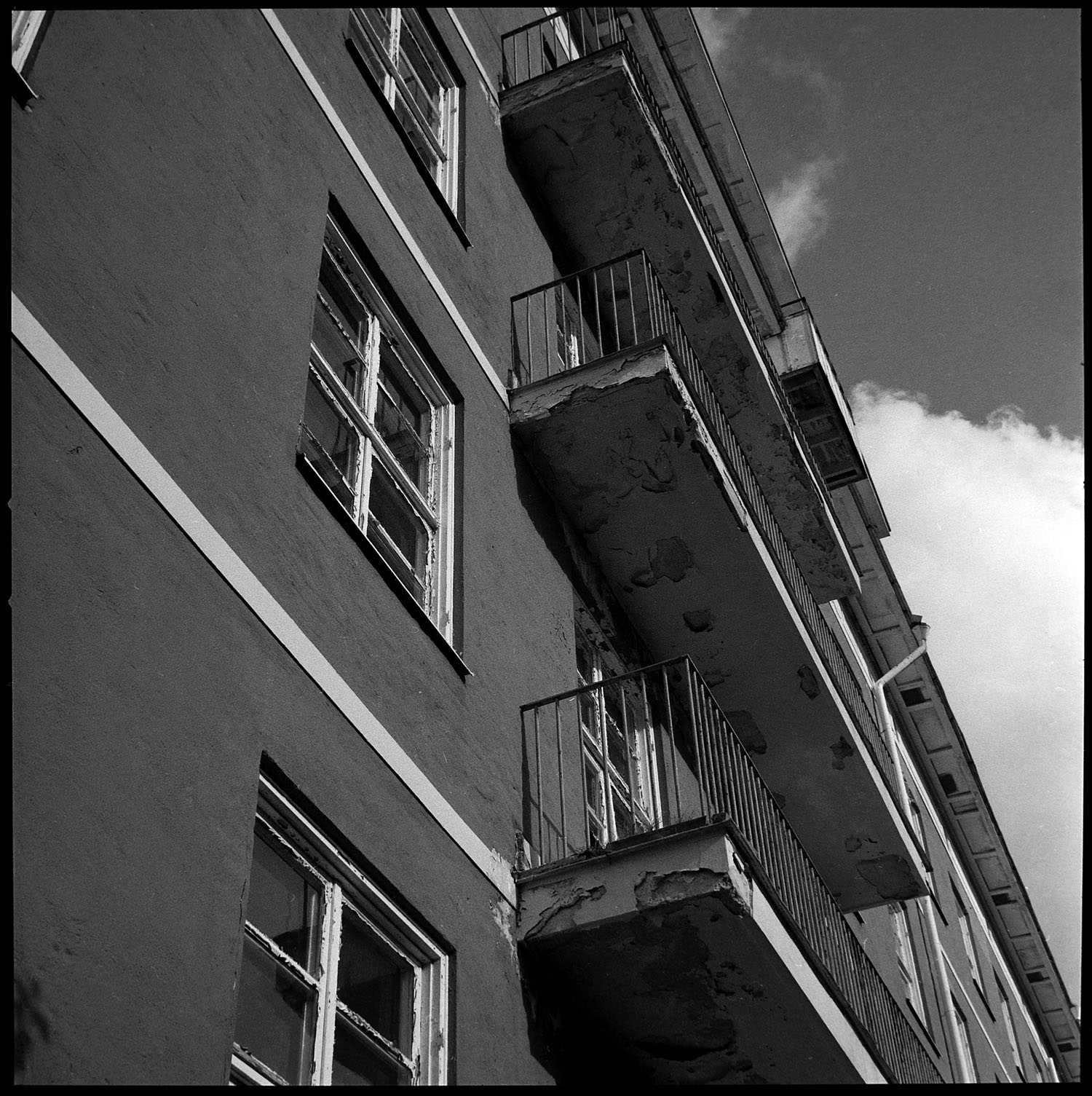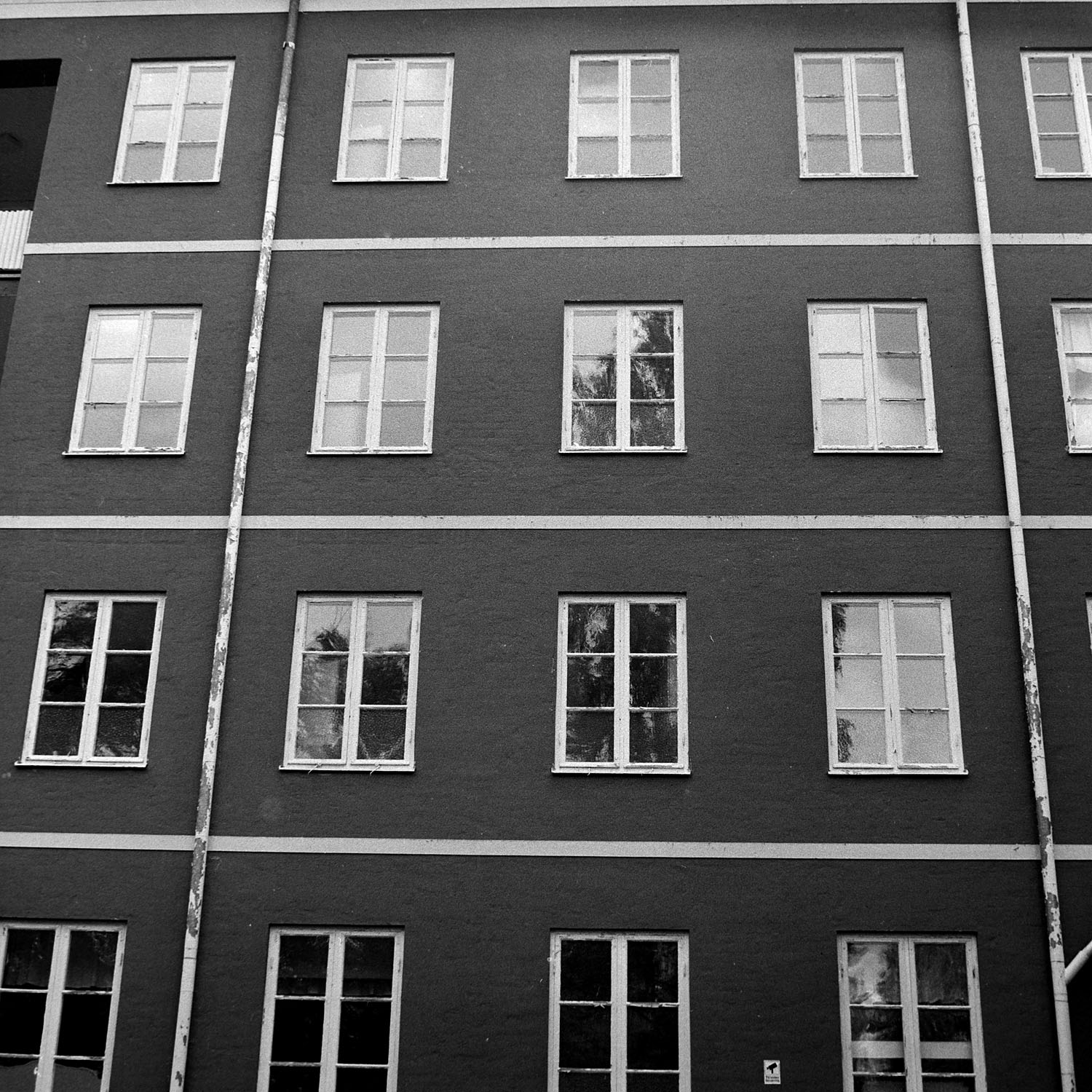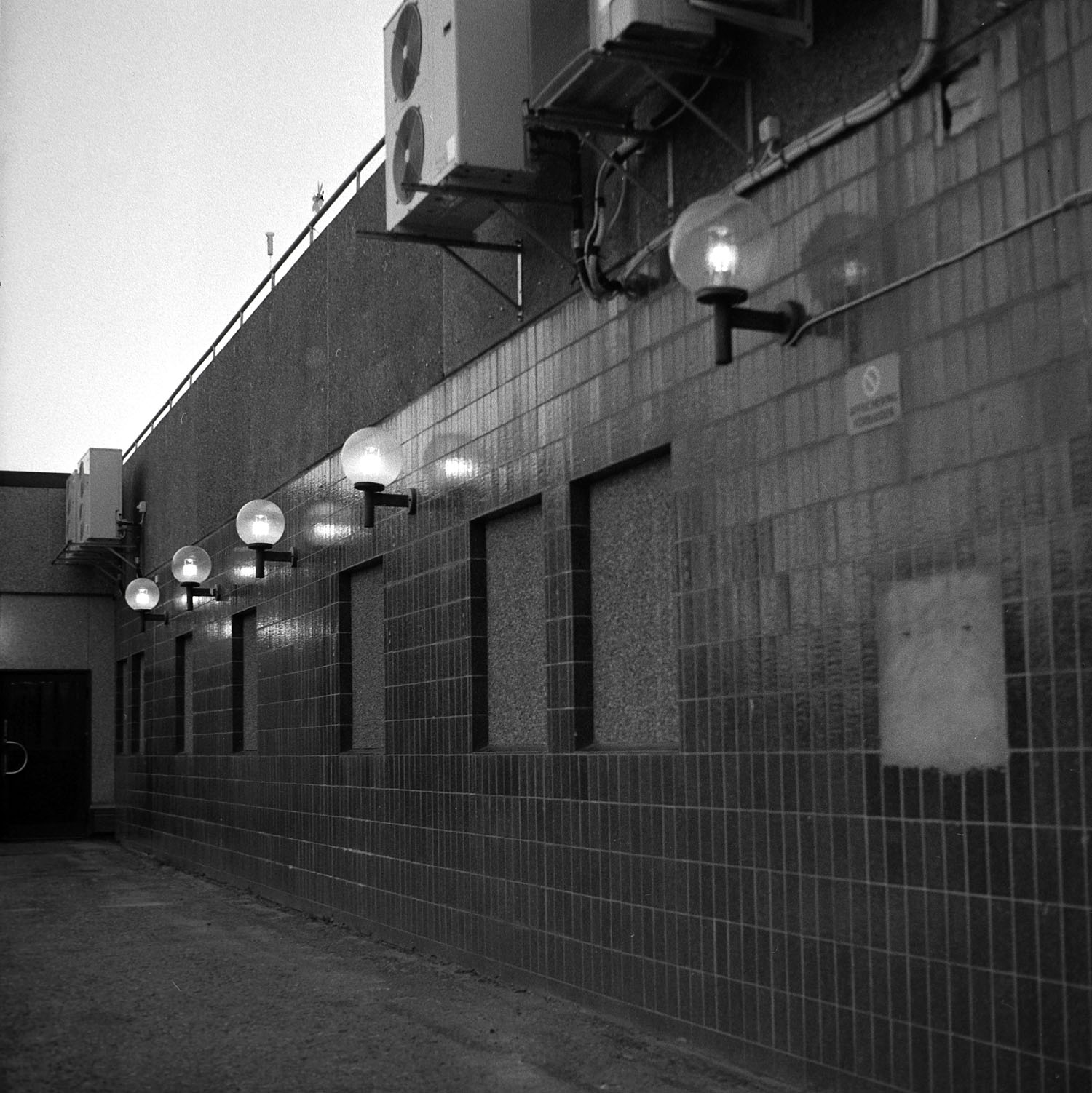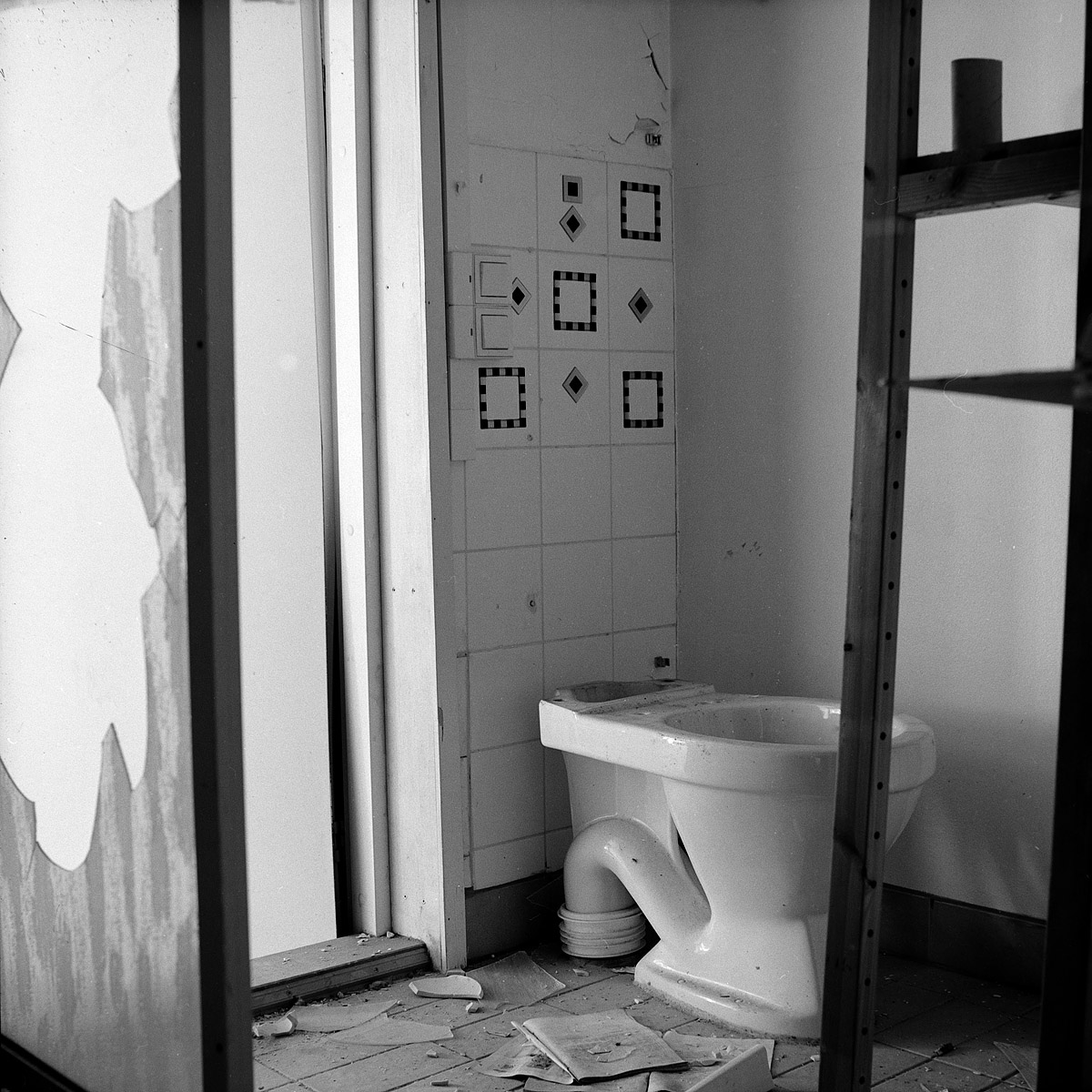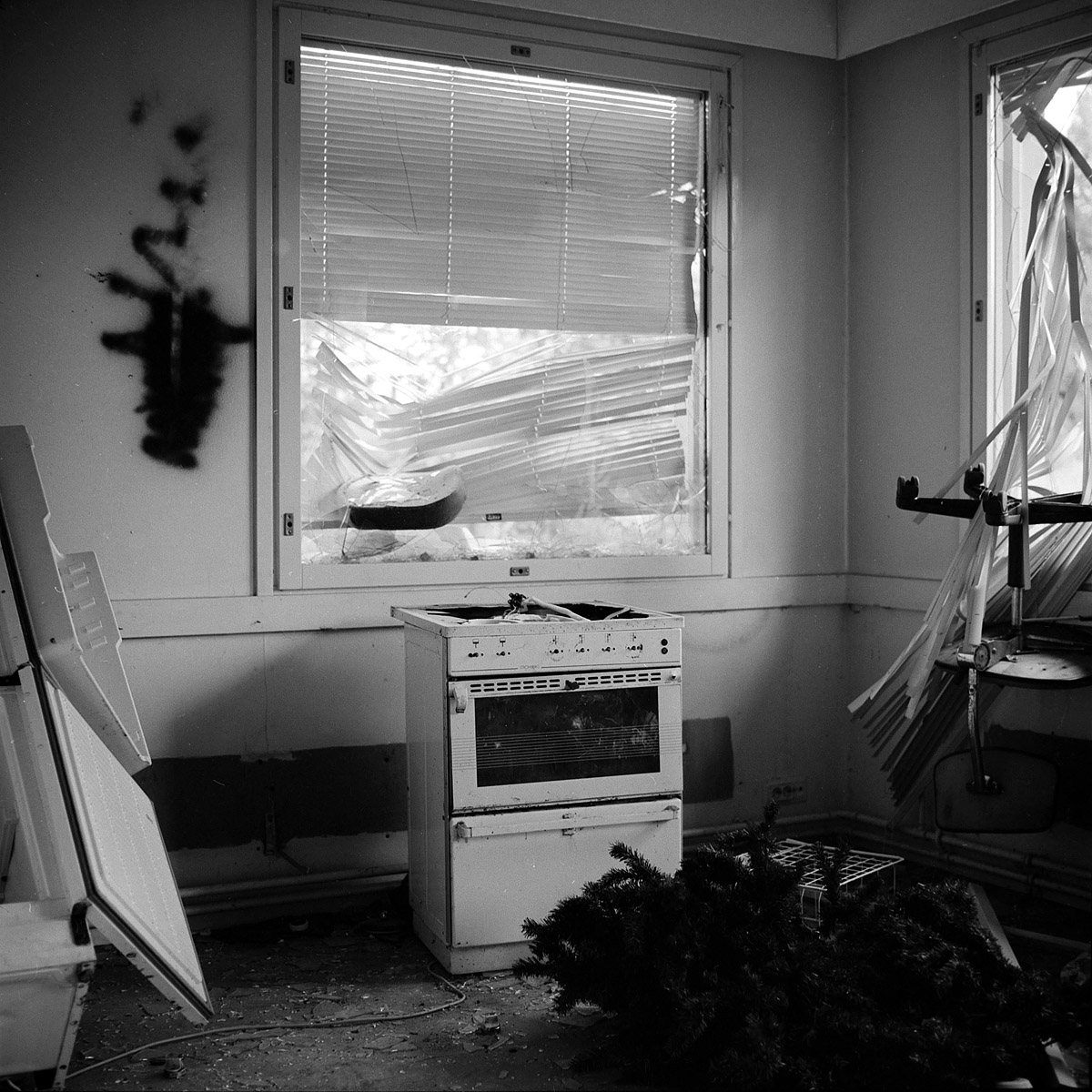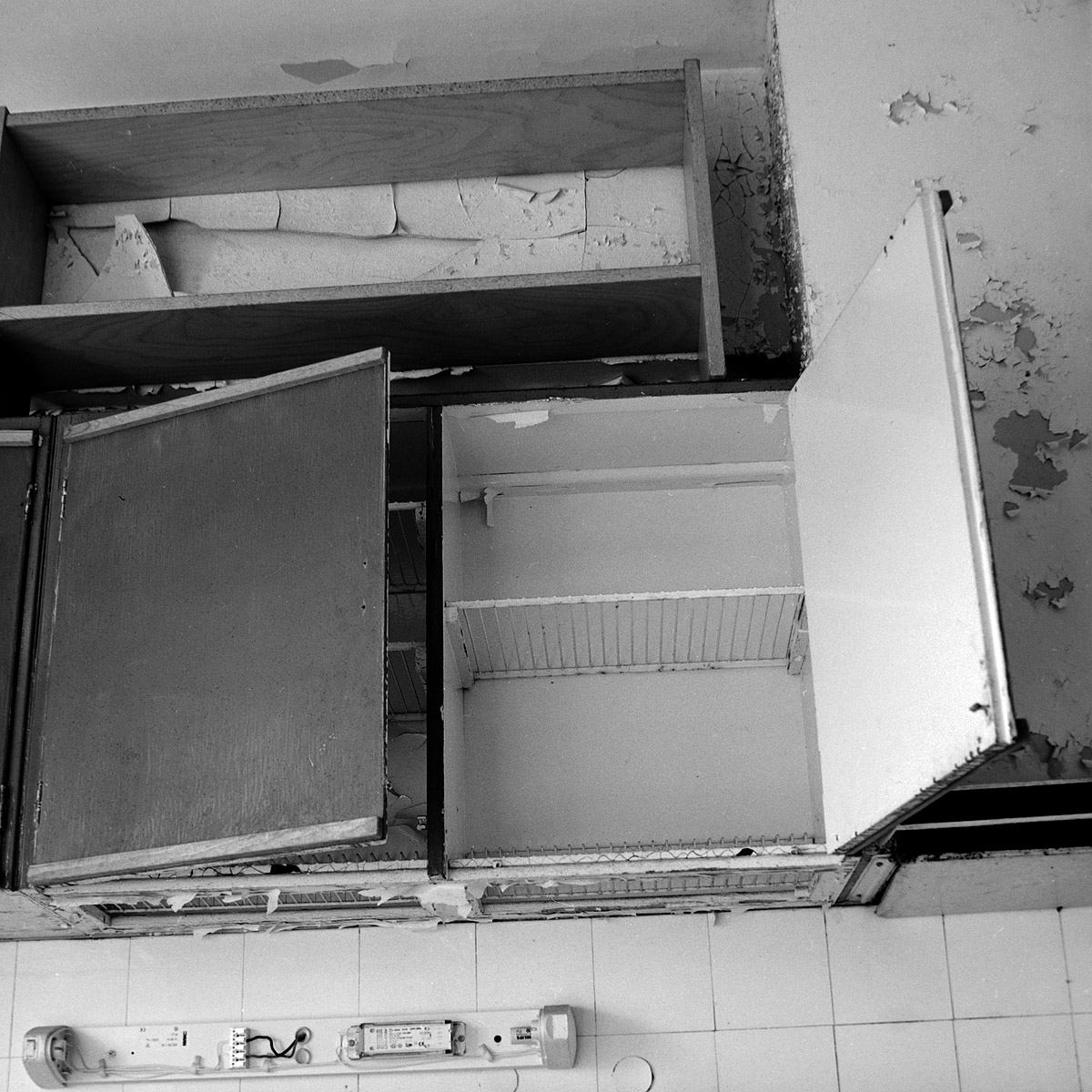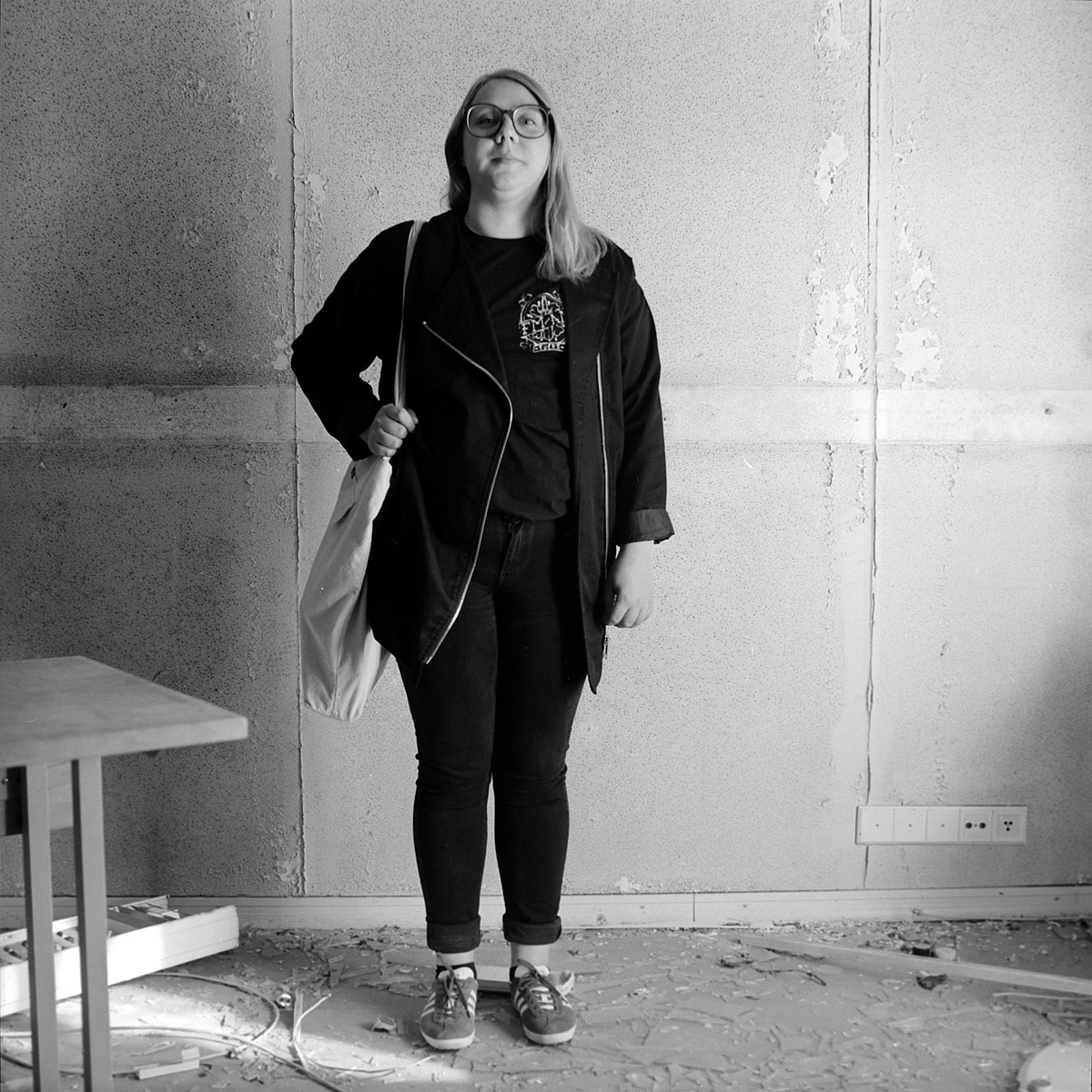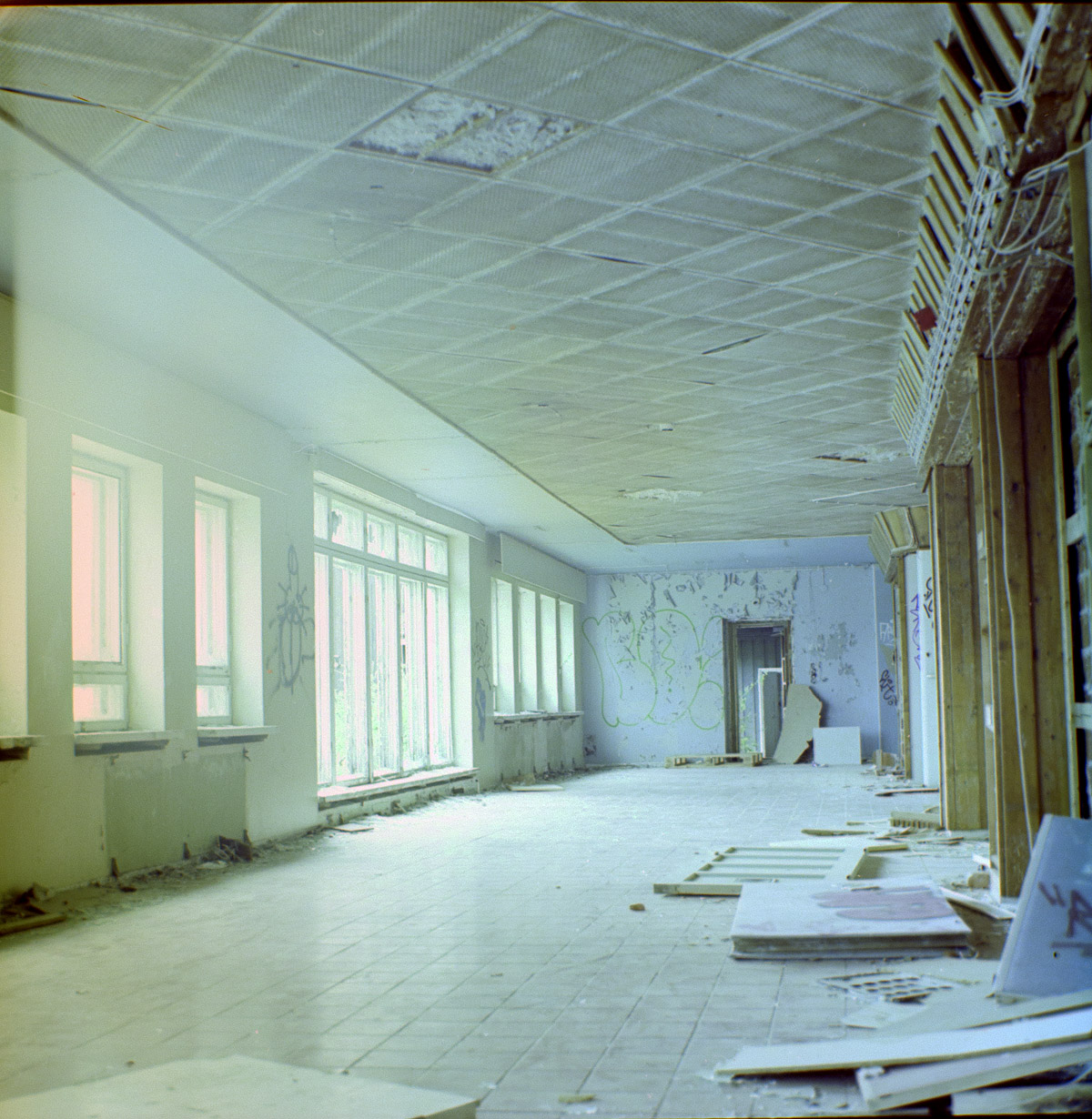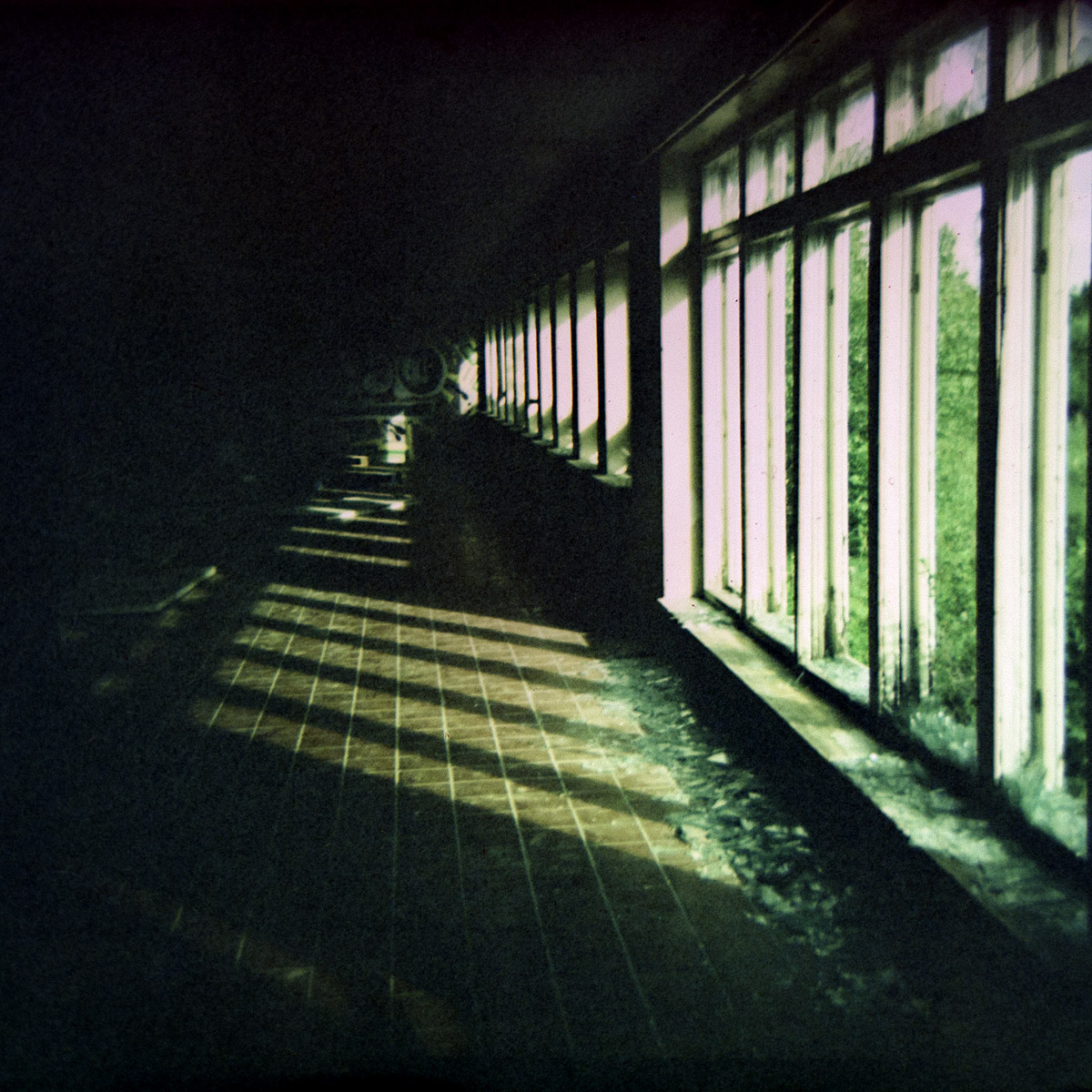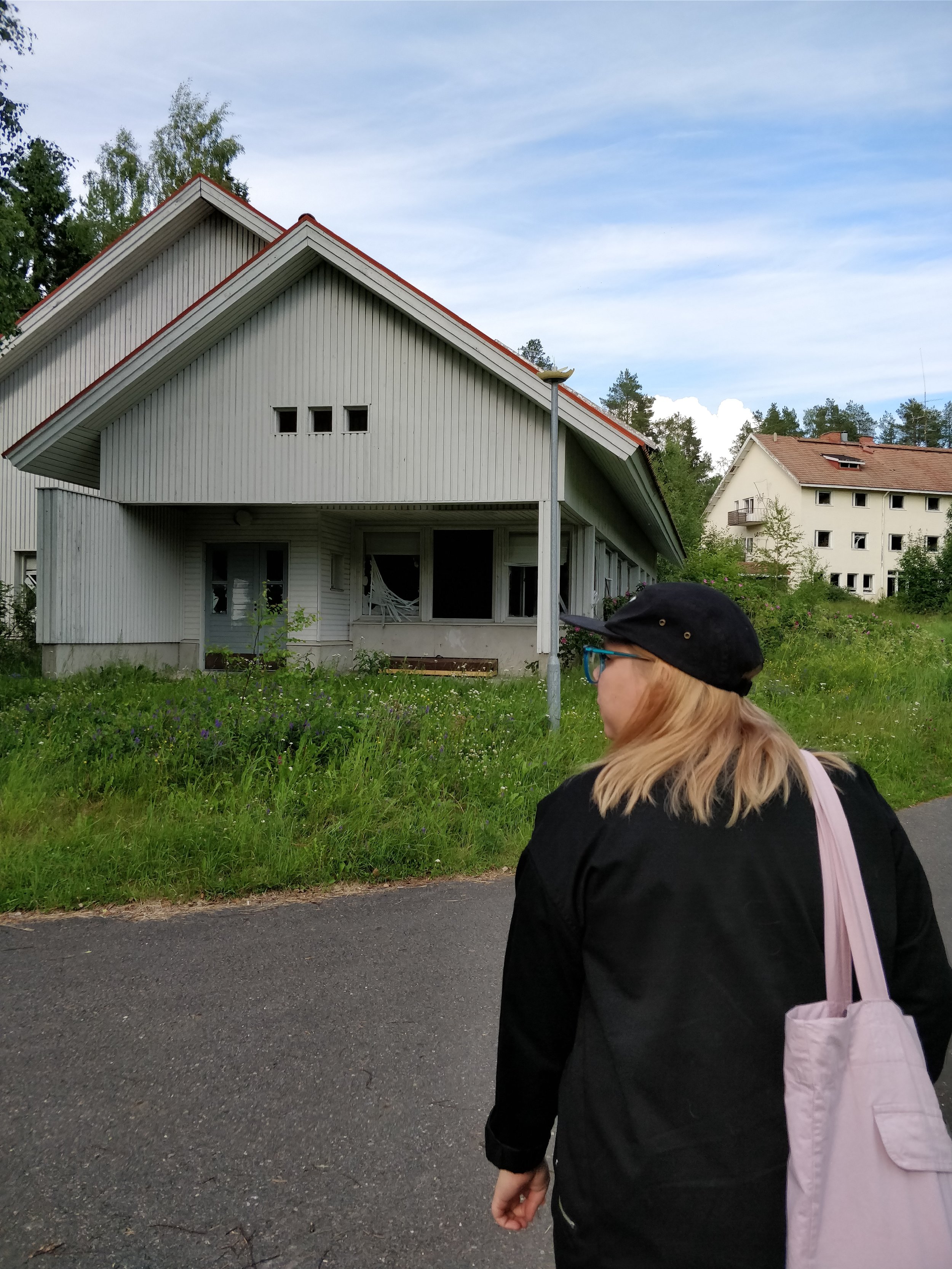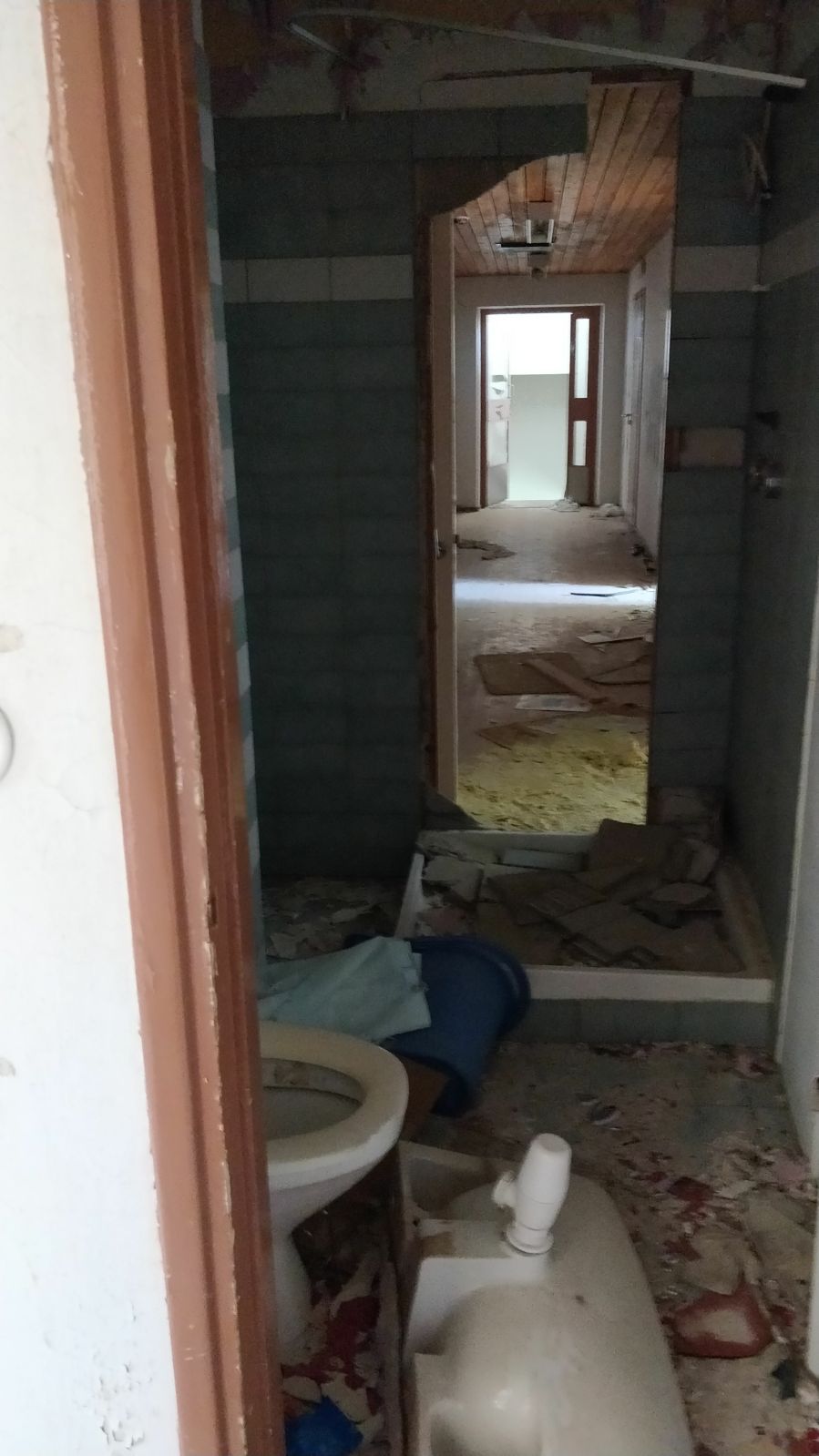Alright, first roll shot with the Svema FN125 I bought a couple of weeks ago. When I got the rolls, I thought the packaging was peculiar. Then I read another review about Svema film here where it says "Firstly, the film is provided as a roll without a cassette. That’s how it always used to be". So I bought some reuseable cassettes off ebay and didn't bother opening my films. Turns out however, that my films do already come in plastic reuseable cassettes. Well, more for me. Pretty cool though, they have the screw on top so they are easy to use again.
FN125 is a ISO125 film. It says ASA125 on the back. Wikipedia however says it is a 125 GOST/ISO 160 film. There seems to be variations on Svema film depending on when they were manufactured. Mine expired in -94, that might be a clue of sorts. Anyhow, I started shooting at ISO100 (who was I kidding). Dropped down to ISO80, then ISO64.
I developed this first test in Rodinal 1+50, for 12min with less agitation than I normally do. 1-2 min between inversions.
The film came out with lots and lots of base fog, and severly underexposed. I would guess it needs another full stop of light, and I probably should cut development time with a minute or two. I wish I had some HC110 at hand, alas I don't.. Maybe Ilford DD-X works well with expired films, does anybody know?
Here are some sample shots from todays expirement. To be continued..


